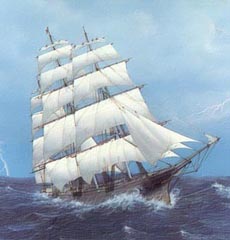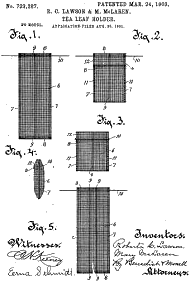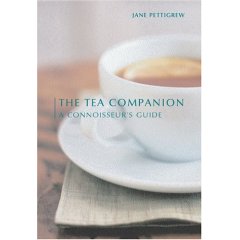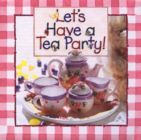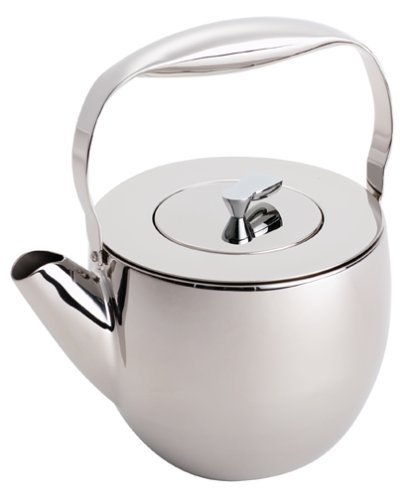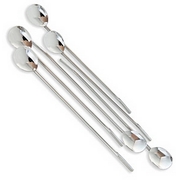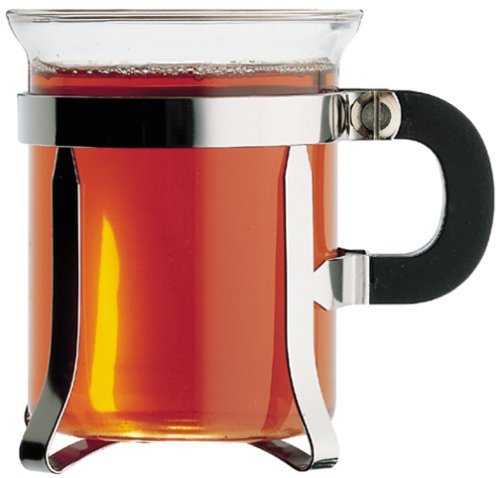Clipper Ships and the American Tea TradeBy the 1850s, American clipper ships were importing tea directly from China. In the wake of the British East India Company’s downfall and the repeal of the Navigation Acts, which dictated that all tea must be shipped directly from England to colonist ports, clipper ships became the preferred method for transporting tea. Built for speed, these graceful and sleek vessels with three masts easily outpaced trading ships. British and Americans clippers raced back and forth between China and their home ports, carrying the best teas for auction. American Tea InventionsDuring the 19th century, tea drinking played an important role in social life—from tea parties to afternoon tea—in both England and America. New tea traditions began to develop in America as the beverage’s popularity grew.
To promote sales, he asked a nearby ice cream vendor for some ice. The American iced tea tradition was born when he dumped the ice into the hot brewed tea. Tea is the world’s most popular beverage, after water. In the United States, it is fifth in popularity, following water, coffee, soft drinks and juice; although, as so many foods have evolved, it is bottled iced tea sales that make up about 80% of the U.S. tea market. Despite the growing interest in fine tea, grab-and-go bottled tea is likely to remain on top.
Sources: Answers.com, MightyLeaf.com, Wikipedia, Kendra Wilhelm Favorite Tea Books: Steep Like A Pro
Tea Is Served
Return To Article Index At The Top Of The Page
|

The Nibble Blog
The Latest Products, Recipes & Trends In Specialty Foods
The gourmet guide you’ve been waiting for. New food adventures are served up daily. Check it out!

Food Glossary
Our Food Directories Are "Crash Courses" In Tasty Topics
Your ultimate food lover’s dictionary packed full of information and historical references. Take a look!

Food History
Let the journey begin!
Learn about the history Of 1,000+ Favorite Foods & Beverages Let’s explore the history of your favorie goods together.Let the journey begin!

